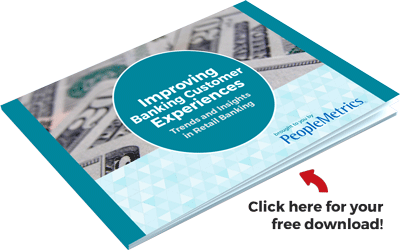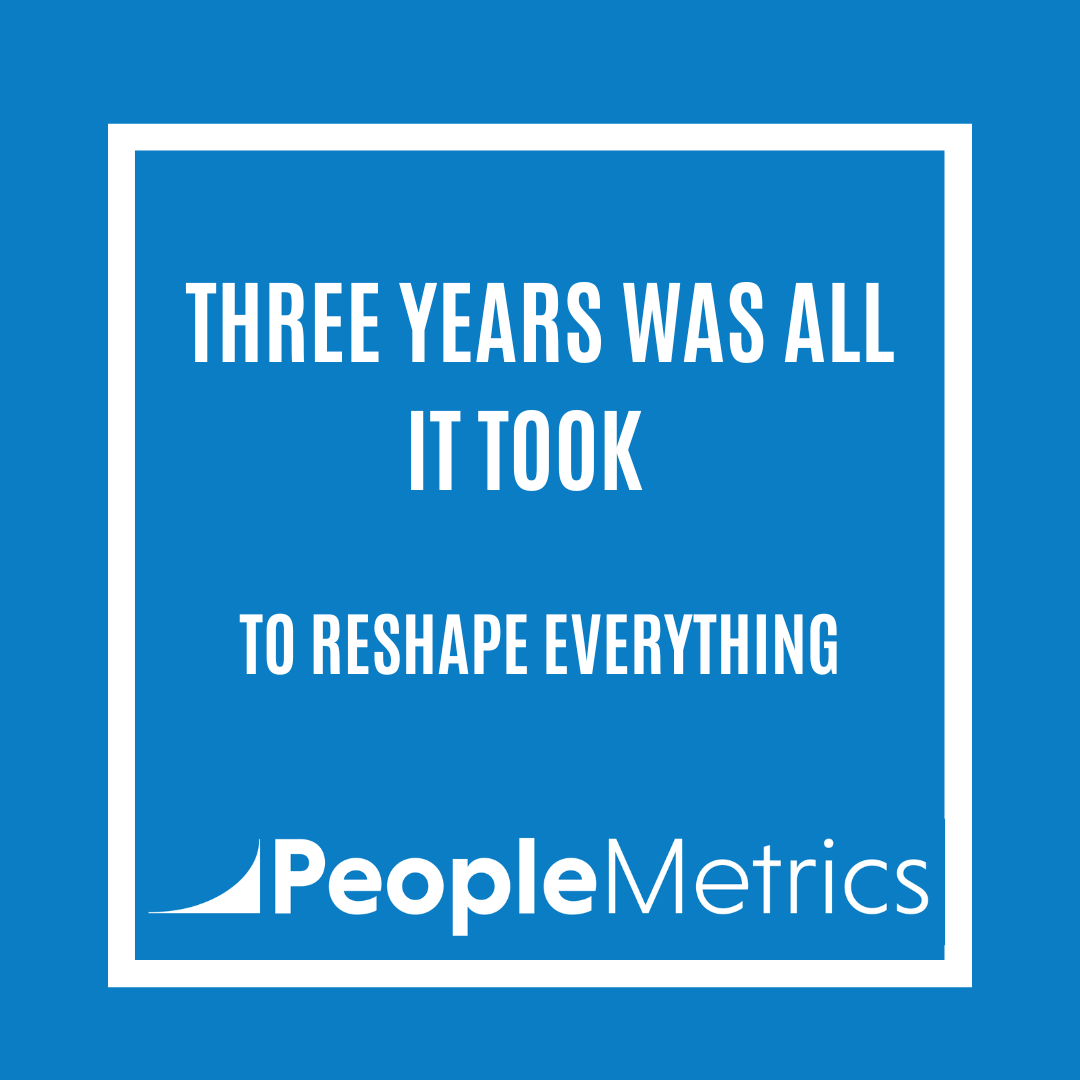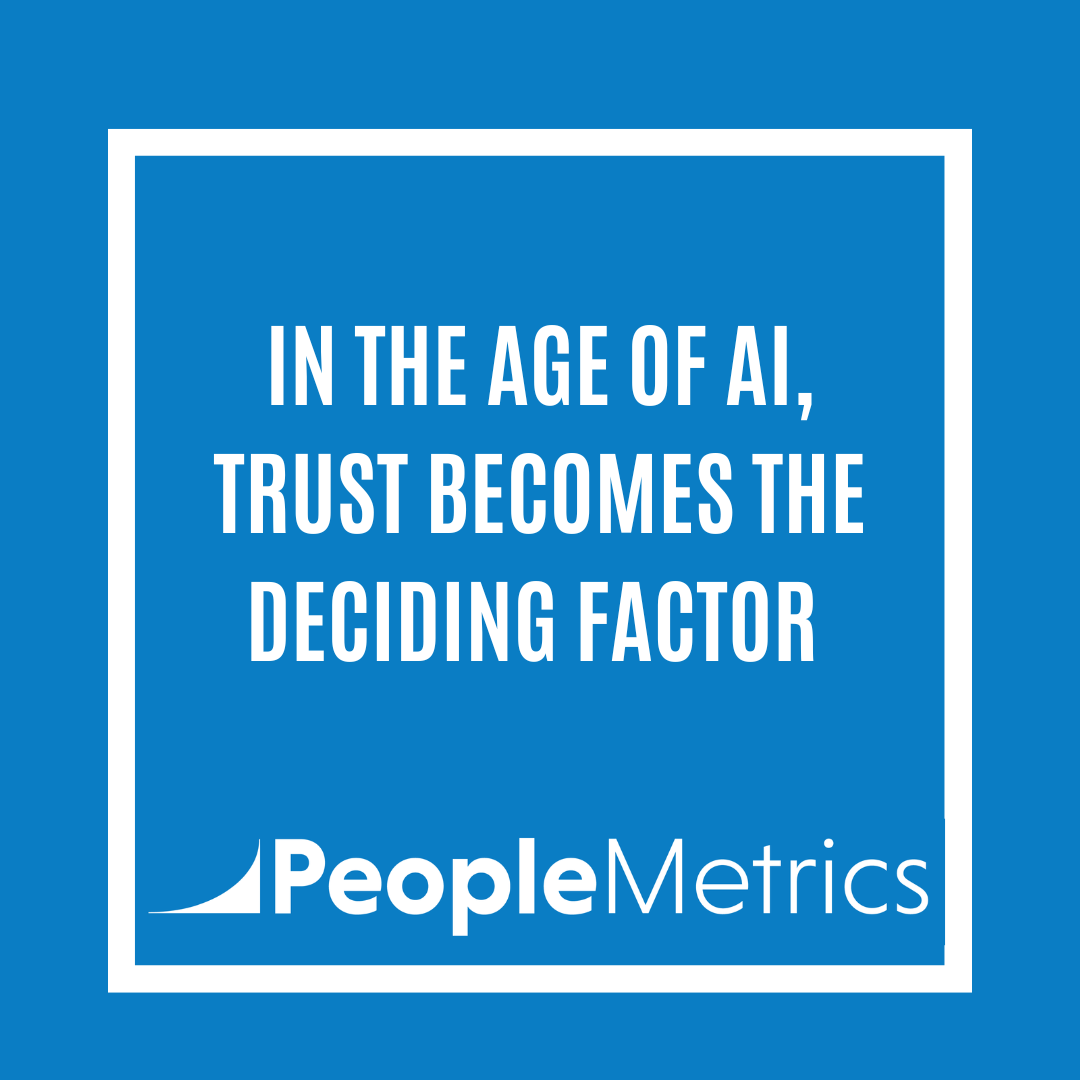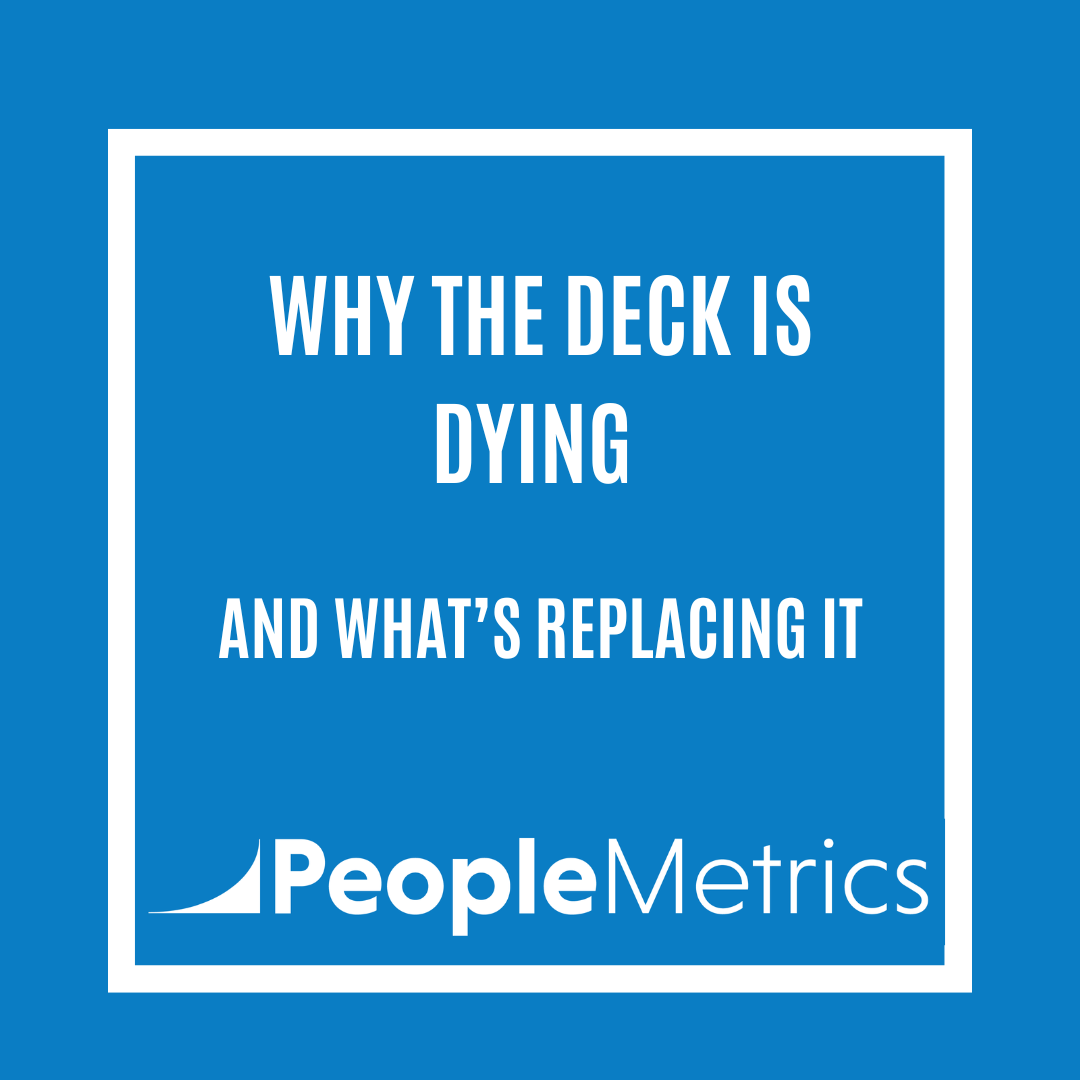As a customer experience company, we field a lot of questions from prospects about customer feedback. In fact, it’s common for prospects to have a system for collecting feedback—from rudimentary snail-mail surveys to online survey platforms. But it’s uncommon for them to have a system for acting on that feedback.
Here's the thing: If you’re not acting on customer feedback, then there’s not much reason in collecting it.
Well, unless you’re after another pointless meeting or two. Or you really enjoy bullet-heavy, meandering PowerPoint decks. Or if you have a real hankering for reports to hide in your desk drawer.
I suppose if those are your reasons, then by all means, collect away.
We just buttoned up a study about customer experience in the banking industry. In the study, we looked across the customer bases of all of our retail banking clients for interesting trends and insights.
One finding in particular is relevant to the subject at hand:
About 1 in 5 retail banking customers have suggestions for improving the customer experience of their banks.
So, let’s do some math in the case of banks:
- Those not collecting customer feedback are missing input from 100% of customers, and they’re acting on 0% that input.
- Those that are collecting customer feedback may be aware of customer experience suggestions from 20% of customers (and input from the other 80%). But again, they’re acting on 0% of those suggestions.
- Those that collect and act on customer feedback are collecting 100% of input from customers and acting on 100% of that input (or as much as possible).
As far as I can gather, there’s little difference between bullets one and two. The second may even be worse, because it includes failure to meet customer expectations. (If customers give feedback, they want to see something come of it. We call that “closing the loop.”)
The third bullet, however, lists a very powerful scenario for any business. I’ll even give you three reasons why:
1. Acting on customer feedback folds the voice of the customer into business operations.
If you’re in the habit of acting on feedback, you’re continuously acting on behalf of your customers. That habit is one that customers will notice.

Customer experience companies call formal listening and acting software “Voice of the Customer software” or “VOC” for short. VOC helps you get closer to the viewpoint of your customers, so you can use it to improve the way you do business. It creates stronger relationships between customers and companies.
If you’ve ever had an employee take ownership of an issue you were having, and that employee followed up and made sure the issue was resolved, then you know how powerful those relationships can be.
2. It reveals surprising opportunities for customer experience improvement.
Here's another example. In our banking study, about half of banking customers report they have access to helpful materials that help guide their financial decisions. In other words, it's a coin flip.
But then we looked at the demographics of the customers on either side of that coin. The half that think they have access to helpful materials have an NPS of 79 (i.e., 82% promoters, 14% passives, and 4% detractors). The half that don’t think they have access to helpful materials have an NPS of 26 (i.e., 49% promoters, 27% passives, and 24% detractors).
That means if a retail bank wants promoters, then it should focus on providing access to materials to help customers guide their financial decisions.
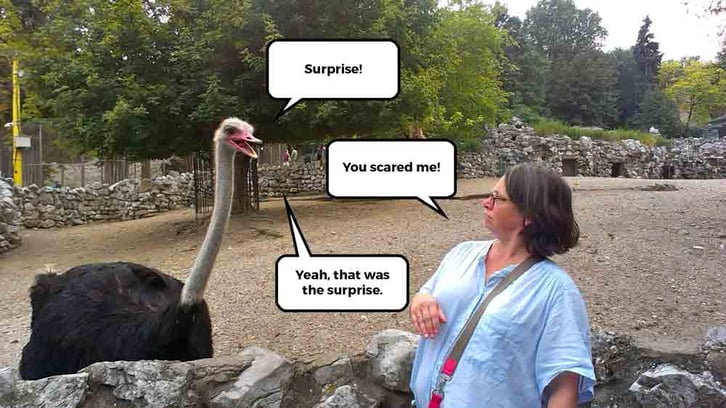
3. It builds the desire and need for more customer feedback.
Once you get into the practice of acting on customer feedback, you’ll find it’s addictive. You’ll learn about your customers, you’ll learn about your company’s strengths and weaknesses, and you’ll be able to take action to improve customer experience.

You’ll find yourself compelled to continue closing the loop on customer feedback. And maybe you’ll find out exactly how many of your customers have suggestions for improving your customer experience.
And more importantly, you’ll be in a place to act on those suggestions.
About That Banking Study
If you’re interested in getting our banking research, then click the image below to download your copy of our ebook. And you can also subscribe to blog updates for notifications sent right to your inbox.
Thanks for reading, and we’ll see you soon.


